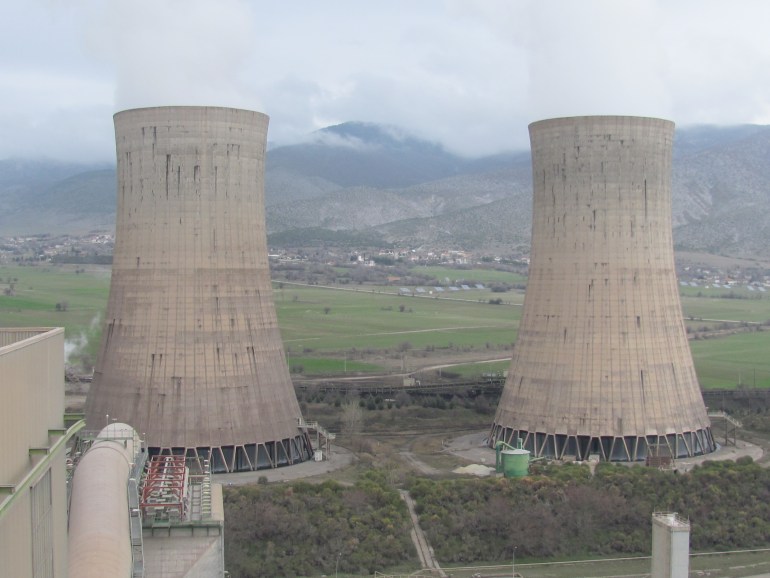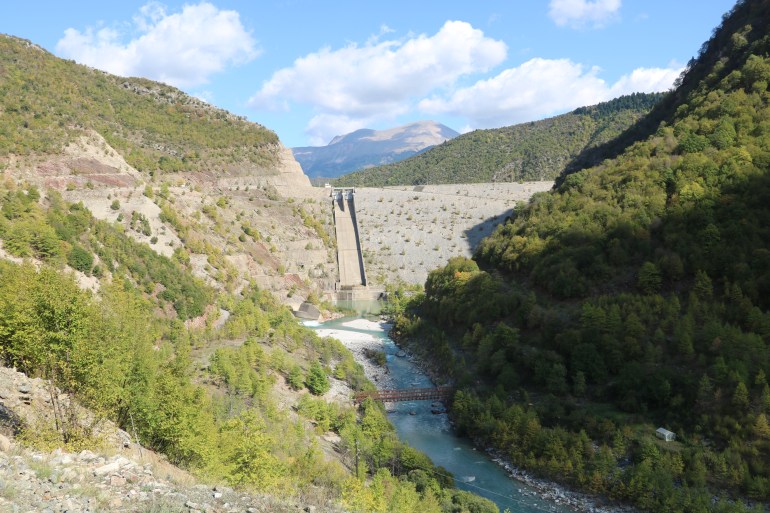Climate crisis: The world has a long, hard climb to ‘net zero’
The findings in three major documents will guide the decisions of world leaders at COP26 in Glasgow in tackling runaway climate change.

World’s leaders are gathering in Glasgow to try and tighten their emission-curbing commitments with a view to reaching net zero emissions by 2050. The essential science that will guide their discussions comes from three major documents.
The first – the 6th assessment of the United Nations’ Intergovernmental Panel on Climate Change (IPCC) published on August 9 – expresses greater scientific certainty than previous reports that human activity is responsible for global warming. “It is unequivocal that human influence has warmed the atmosphere, ocean and land,” it states.
Keep reading
list of 4 itemsCOP26: What’s at stake?
Coal mining or climate action? Australia faces up to COP26
COP26 summit begins amid calls to avert climate disaster
Several key findings back up this claim. In 2019, atmospheric carbon dioxide (CO2) concentrations were higher than at any time in at least two million years, and concentrations of methane (CH4) higher than at any time in the past 800,000 years.
These concentrations “far exceed … the natural multi-millennial changes between glacial and interglacial periods over at least the past 800,000 years”, the report says.
The observed increases in these greenhouse gas concentrations are specially marked after 1750, which marks the start of the Industrial Revolution in Europe. Atmospheric CO2 has increased by 47 percent since then, to reach 410 parts per million. Methane concentrations (1,866 parts per billion) have risen by 156 percent over the same period. The IPCC believes this establishes beyond doubt that greenhouse gas concentrations are unequivocally caused by human activities.
More recent weather data also back up the claim that humanity is responsible for global warming. Each of the last four decades has been successively warmer than any decade that preceded it since 1850, the IPCC says. The global surface temperature was on average 1.09 degrees Celsius (1.96 degrees Fahrenheit) higher in the last decade if compared with the second half of the 19th century.

Rising sea levels are also an indicator of warming. The global average sea level increased by 20cm (7.9 inches) between 1901 and 2018, says the IPCC’s report. It is “virtually certain” that human-caused CO2 emissions are the main driver of the current global acidification of the surface open ocean.
What will happen if leaders fail to make commitments and implement them? The IPCC modelled five emissions scenarios.
- If the world emulates the European Union’s commitment to halving emissions by 2030 and eliminating them altogether by 2050, possibly extracting some CO2 from the atmosphere thereafter, global average temperatures by 2100 will be roughly 1.4C (2.5F) higher than in 1850 – only slightly higher than today’s.
- If emissions remain at today’s levels, the global mean temperature by 2100 will be closer to 2C (3.6F) higher than in 1850.
- An intermediate model suggests a continued but not precipitous change in emissions, resulting in the global mean temperature increase of 2.7C (4.86F) by 2100.
- In the highest two models, if emissions roughly double relative to today’s, global mean temperatures by 2100 rise by between 3.6C (6.48F) and 5.7C (10.26F).
So how likely is the world to follow a policy of achieving net zero emissions by 2050?

‘Low emissions revolution’
In its latest World Energy Outlook 2021, the second crucial document, the International Energy Agency (IEA) does not see a path to net zero emissions by 2050 under the world’s announced policies, and even less so under current actions undertaken to meet those policy objectives.
Instead, it forecasts an increase in emissions from 31.5 gigatonnes of CO2 in 2020 to 36Gt by 2030. This is because although coal use is set to decline globally, oil and gas increase their share.
In its assessment of the oil industry this year, for example, the IEA forecast that oil consumption will rebound from the COVID-19 slump within two years and reach 104.1 million barrels a day by 2026, an increase of 4.4mb/d relative to 2019.
This rebound scenario is already being realised. The world’s emissions have risen so much this year, two-thirds of the emissions cuts achieved during the 2020 COVID-19 pandemic have been eliminated.
“A low emissions revolution is long overdue,” the IEA says.
That revolution is not yet here. Governments are underfinancing the clean energy revolution, providing one-third of the money they should be spending to meet a net zero scenario, the IEA says.

Under current or planned infrastructure changes, called the Stated Policies Scenario, almost all the growth in energy demand by 2050 is met by low emissions sources, “but that leaves annual emissions at around current levels”, the report says, because not enough progress is being made in other sectors such as construction and transport.
“As a result, global average temperatures are still rising when they hit 2.6°C above pre-industrial levels in 2100.”
Governments and the private sector need to double clean energy investment and financing over the next decade to meet their pledges, which form the more virtuous Announced Policies Scenario.
“The successful pursuit of all announced pledges means that global energy-related CO2 emissions fall by 40% over the period to 2050 … The global average temperature rise in 2100 is held to around 2.1°C above pre-industrial levels in 2100,” says the report.
Even this is not enough, though. In May this year, the IEA published the first comprehensive study of what the world would have to do to reach net-zero emissions by 2050, a goal the IPCC finds absolutely necessary to maintain global warming below 1.5˚C.
Record level of renewables
The third document is Net Zero by 2050: A Roadmap for the Global Energy Sector. The requisite scenario outlined includes stopping all investment in fossil fuel energy projects immediately, stopping all sales of internal combustion engine cars by 2035, and achieving zero emissions in the electricity sector by 2040.
The electricity sector accounts for almost three-quarters of greenhouse gas emissions globally, so this last is a key pledge. In order to achieve it, however, the world would have to install four times last year’s record level of renewable energy generating capacity each year. This, the IEA says, is “equivalent to installing the world’s current largest solar park roughly every day”.
Overall energy investment would have to rise to $5 trillion a year by 2030.
Even after all this, the IEA says current technologies are only adequate to meet rising energy needs and emissions reduction targets to 2030. New technologies must be developed to cover roughly half the emissions reductions after 2030.
Clearly, the world is not yet on track to meet net-zero criteria by 2050, but the scientific and economic research available to policymakers at the COP26 in Glasgow is now greater than ever before – and so is the political pressure.
